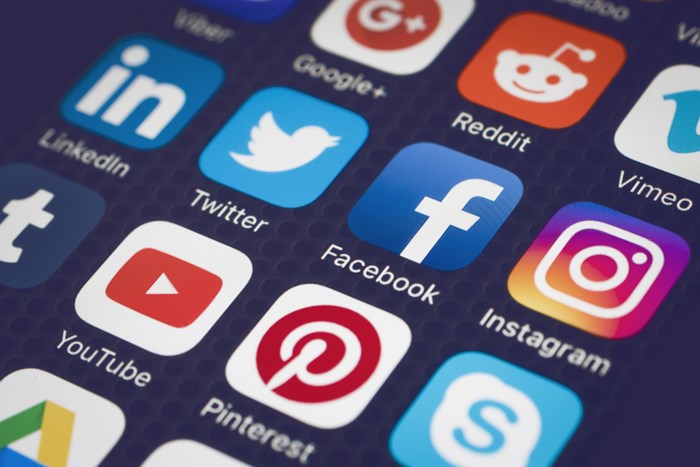Editor's Message: Sharing the accurate story of #PlasticSurgery through #SoMe

My husband and I were recently discussing social media and which aspect is most valuable in our day-to-day lives.
I have a personal Facebook account that I use to catch up with family and friends, or the occasional professional post about breast reconstruction or something interesting happening at our hospital. For all practical purposes, my Facebook friends see very little about my work life. I'm finally diving into Instagram. I use Twitter solely as a professional tool – in fact, I was actually surprised to see how easily the latest papers were shared. Following #PSTM2016 a few years ago made me feel like I was peripherally there in L.A. at the Society's annual meeting, when the reality was bedrest and bizarre cravings.
Monthly journal clubs, weekly chats and daily live videos make the academic community more connected and accessible than ever before. What's perhaps more valuable is that these social networks directly connect the medical community and the general public in an unprecedented way.
Or do they? This may be an area where we as plastic surgeons are not fully capitalizing on social media. Consider as an example a recent letter to the editor of PRS which used Twitter metrics to demonstrate that in a several-day window, two communities – board-certified plastic surgeons and organizations such as ASPS, and the general public – were not directly interacting so much as sharing among themselves. Seeing their data represented as a map was like watching my toddler and her friends in parallel play; each one enjoys their respective books but isn't fully aware of the other's story.
Olivier Branford, MD, and other #PlasticSurgery #SoMe influencers have promoted – and studied – the use of the #PlasticSurgery hashtag. With more than 4 billion views per year, #PlasticSurgery is the biggest trending healthcare hashtag. At the time of Dr. Branford's study in 2016, the use of #PlasticSurgery by board-certified plastic surgeons and associated organizations was only 6 percent. More recent data put that number closer to 50 percent.
Share the story
As a result of more awareness in the surgeon community, evidence-based sharing and engagement of ASPS members will improve the quality of information that's readily available through multiple media outlets. The next step will be to make sure our community is engaging the public to share our particular story – rather than adjacent activities.
Admittedly, I was slow to join SoMe and my utilization continues to evolve. I didn't grow up in the social media age, but my clinical practice has. I was reluctant to join the different platforms through a professional profile for reasons that I think others have also felt. I was worried about the causal interaction with patients and colleagues. I was concerned about sharing personal information. I'm very deliberate in non-medical content that I share and, as it turns out, most people don't want to see our detailed personal lives, anyway. There are several great resources through ASPS and our publications on social media etiquette, benefits or return on investment and the impact of social media on healthcare, psychology and business that I encourage you to explore.
Our specialty has been in the public eye based on several recent controversies – many centered on social media use. Everything from intraoperative photos and videos to medical tourism to breast implant illness direct the focus on and perception of plastic surgery.
We have the opportunity both individually and collectively to write at least part of this narrative. Be supportive and tasteful. Try not to fall victim to the unhealthy comparison and competition that social media can foster. Advocate for our patients and our profession. Manage your professionalism online just as you would offline – with #style and #grace.